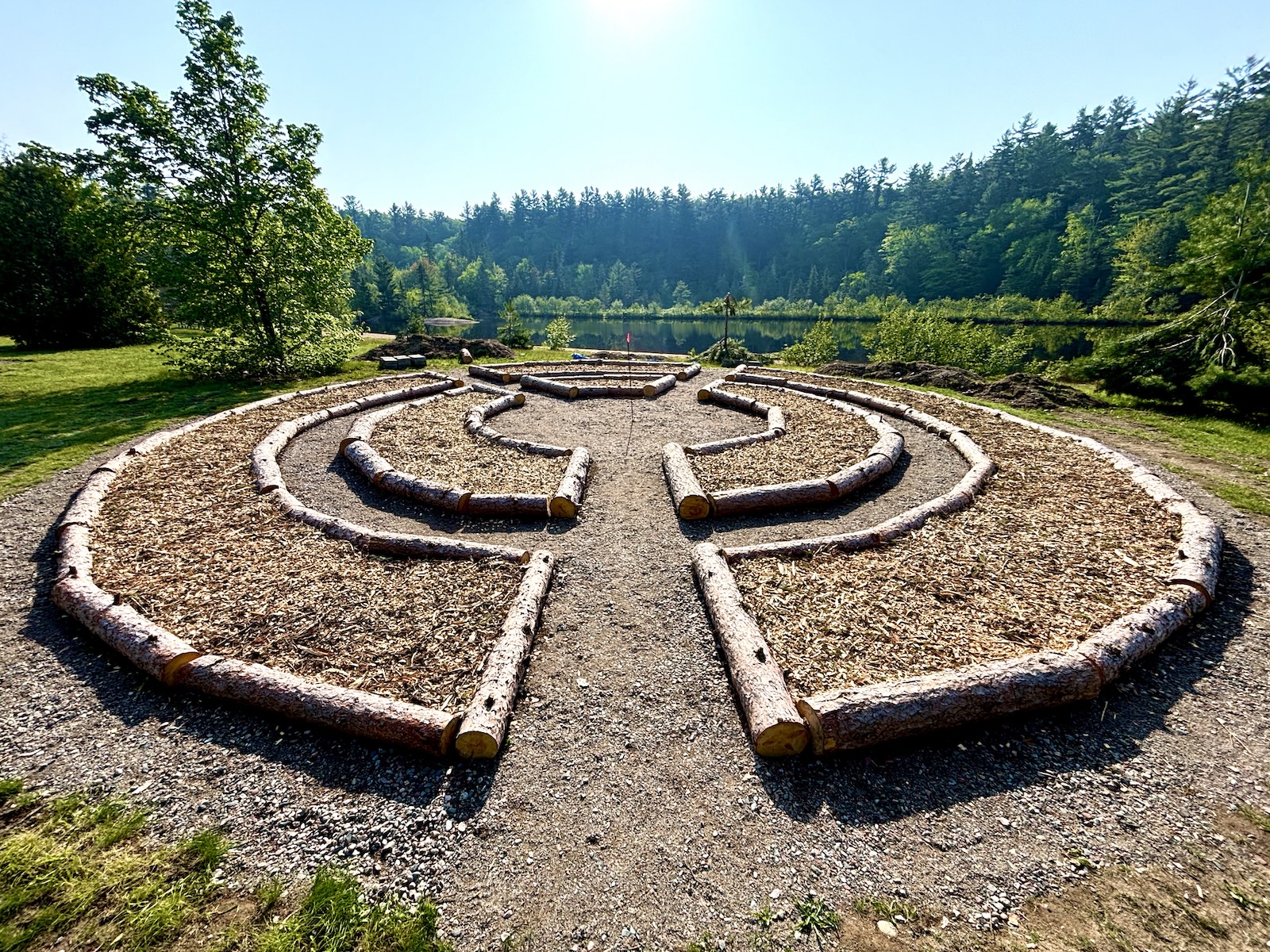Teaching Approach
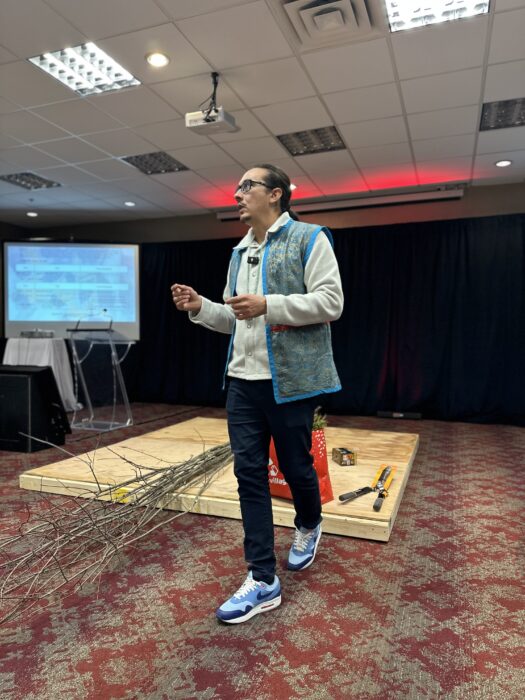
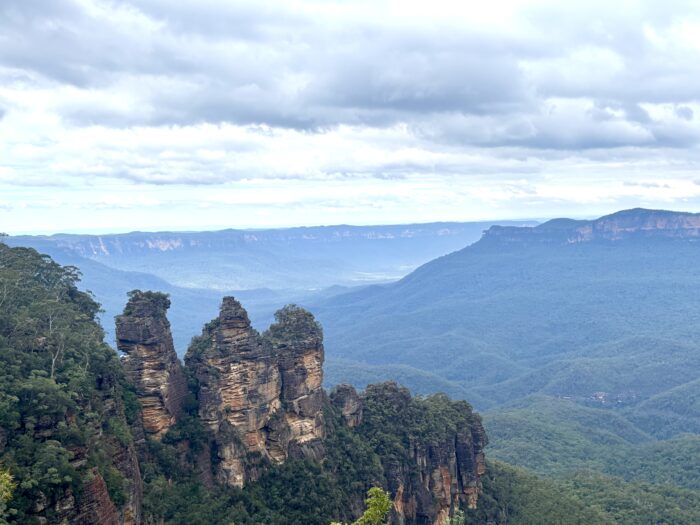
After nearly two decades of learning from and sharing with thousands of students and delivering more than 60 courses at several Universities and Colleges across Canada, I’ve honed my teaching – gikinoo’amaage – approach to centre on supporting students in recognizing themselves as a gift bearing element of the circle of life. This approach is based on learning and listening to the wisdom – nibwaakaawin – of Anishinaabe Elders and Ancestors, as well as to the Ancestors and Elders of many peoples whom i’ve met in my travels around the world.
Biindigodaadiwin
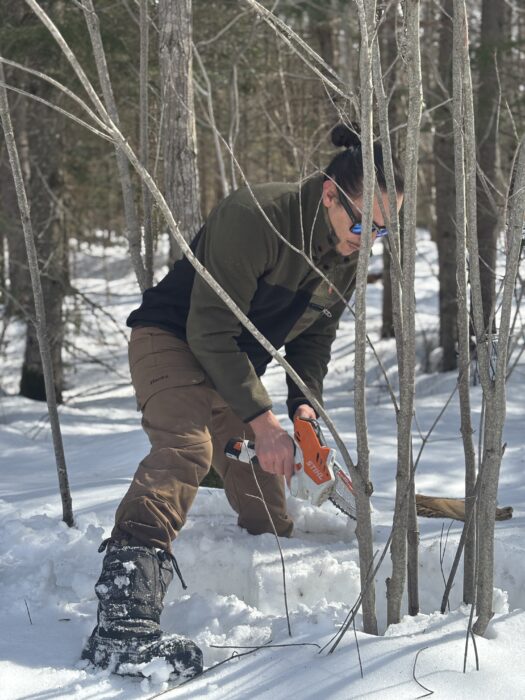
My teaching approach is centred on the Anishinaabe concept of Biindigodaadiwin. According to Jerry Fontaine (2020), back in the old times, when all our peoples used to carry their sacred bundles – odaabaajiganh – we shared a deep sense of patience, gratitude, and kindness for one another. We welcomed all into our wiigiwaaman – lodges and – maada’okii – shared – with them all that we had to offer, without exception. We learned with each other while doing – kinoo’amaadawaad megwaa doodamawaad Waaskone Giizhikook – Lana Ray (2012).
Programming
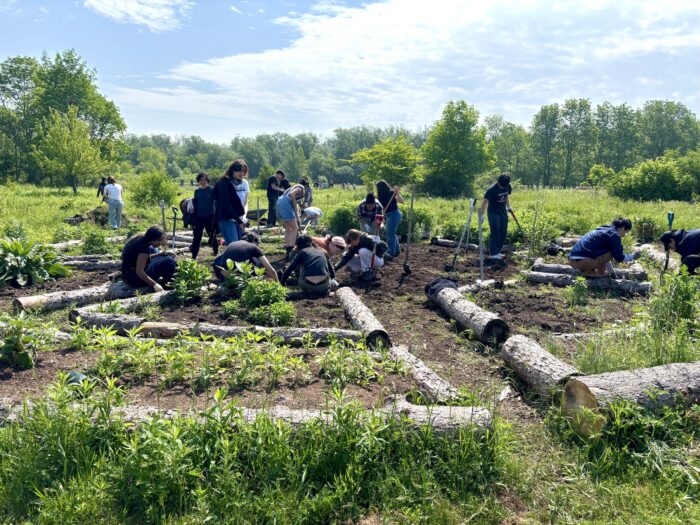
I have developed Indigenous knowledge based educational programming at elementary, secondary and post secondary levels and have managed, at times, up to 9 staff, while teaching classes that exceed 100 students. Currently I work as an adjunct at The University of Waterloo School of Architecture where I teach a mandatory course titled – Indigenous practice . This second year course dives into the land practices that made Indigenous communities in Southern Ontario sustainable for centuries.
All my teaching experiences have taught me to be innovative, to strive for excellence, and to serve students to the best of my ability.
Teaching Philosophy
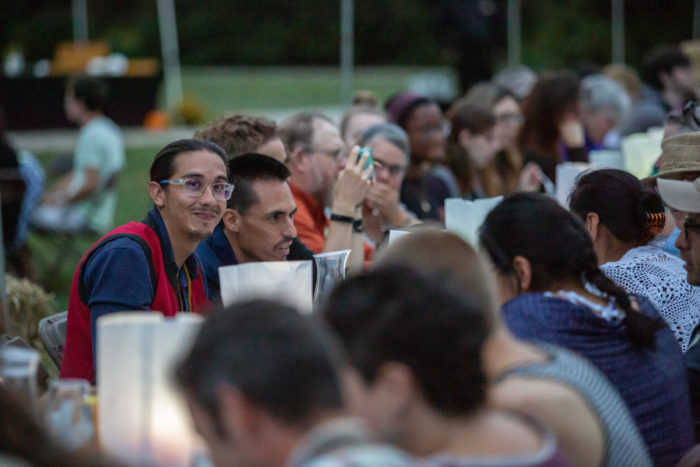
My personal teaching philosophy is guided by Anishinaabe Aadiziwin – the Anishinaabe way of life. Classes are led in circle and students are engaged in dialogue to elucidate their gifts and strengths. Reault (1999) introduces an Ojibway language phrase “Aazhikenimonenaadizid Bemaadizid“ meaning “the study of the behaviour of life” (p.105) in his groundbreaking masters thesis Ansihinaabe Mino Bimaadiziwin: The Way of a Good Life. This term is the closest word for philosophy in Anishinaabeg language. Using the sensibility of this phrase, my teaching philosophy includes the following four features:
- Teaching as an act of Kinoo’amaadawaad Megwaa Doodamawaad, roughly translated to mean “they are learning with each other while they are doing”
Waaskone Giizhikook (Lana Ray) (2012). - Teaching as an act of “Biskaabiiang” – “Returning to ourselves”; (Geniusz, 2009, p.9).
- Teaching as a welcoming into the lodge, in a way that honours each individuals gifts, with kindness and respect – Biindigodaadiwin (Fontaine, 2020).
- Teaching that reflects ancient wisdom – gete nibwaakaawin – found in Anishinaabe cultural knowledge, especially as it relates to the preservation and restoration of land and water for future generations .

By teaching in this way, each course can guide students to recognize their gifts and use them to direct their path. Their experiences can be authentically Indigenous through the activation of restorative narratives.
The most important feature of my teaching philosophy is the inclusion of students as teachers. Together we work to identify our strengths and weaknesses based on balancing mind, body, spirit, and emotions.
Classes include sharing circles, engaging dialogues, and practical applications of student’s learning experiences. Our collective priority is to awaken each others gifts and encourage self mastery.
Teaching Methods and Assessment Strategies
Students are inspired to awaken their personal narrative through assessments that include reflective writing and activations of the power of their personal story. Students are encouraged to share personal narratives awoken through the act of – dibaajimown – storytelling. By sharing my own personal narrative and my ongoing journey to come to know what it means to be an Anishinaabe man – inini -, students are often inspired to start their own journey of cultural and ancestral identity development and healing no matter their background.
Cycles of Life

Foundations of Anishinaabe Aadiziwin.Cyclical themes, such as seasonal changes and moon cycles, are often woven into lessons that can ground students in ancestral wisdom. Students are encouraged to apply the lessons of each week to their understanding of the world and challenged to recognize their colonial knowledge based assumptions.
In each course, pending institutional requirements, students are encouraged to complete their assignments based on their personal strengths. Students are empowered to utilize their gifts, which often came in the form of artistic expressions. The results are a mosaic of artistry, sound, and genuine inspiration. Students are offered opportunities to learn beyond the classroom within local community contexts. The ultimate goal of my teaching philosophy is to develop wholistic programming opportunities that enable students to define their personal goals and an open door to achieve them.
For an in-depth look at courses I have taught and designed visit [here]
